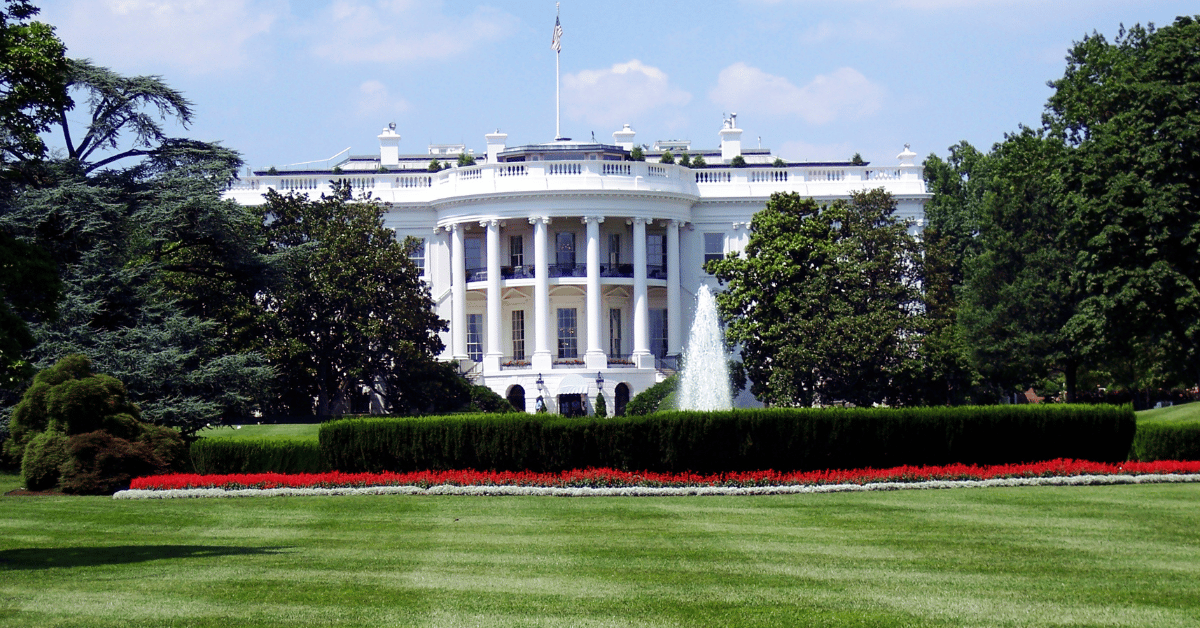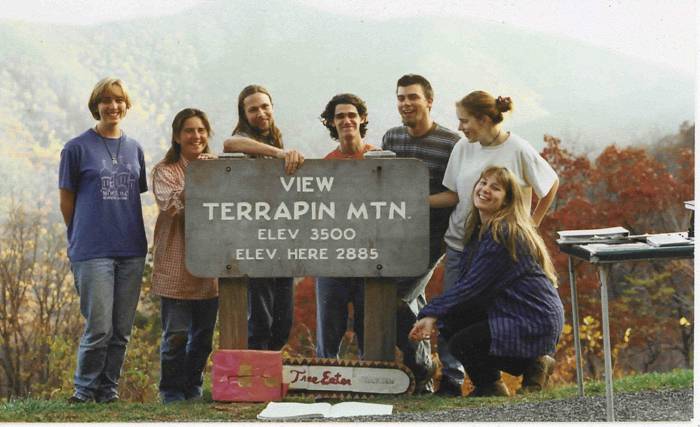
Trump Signs EO to Log Forests; Could Hurt Endangered Species and Increase Wildfires
While Wild Virginia works to protect and connect our state’s wild places by improving habitat connectivity, preventing PFAS pollution, protecting water quality, and inspiring citizens to want to advocate for their natural spaces in Virginia, we started by fighting timber sales and logging projects via Virginia’s public land.

This weekend, the White House Administration signed an Executive Order, Immediate Expansion of American Timber Production, calling for an increase in tree cutting across 280 million acres of national forests and other public lands, asserting that “heavy-handed federal policies” have caused America to depend on foreign timber imports. The EO states, “Our inability to fully exploit our domestic timber supply has impeded the creation of jobs and prosperity, contributed to wildfire disasters, degraded fish and wildlife habitats, increased the cost of construction and energy, and threatened our economic security. These onerous Federal policies have forced our Nation to rely upon imported lumber, thus exporting jobs and prosperity and compromising our self-reliance. It is vital that we reverse these policies and increase domestic timber production to protect our national and economic security.”
Wild Virginia originated as the Shenandoah Ecosystems Defense Group (SEDG) in 1996, established to combat harmful timber sales in Virginia’s National Forests and to protect the public’s right to influence decisions regarding our shared lands. Although the name was changed to Wild Virginia in 2003, the organization has continued its mission to advocate for the preservation and enhancement of vital ecological systems over extractive practices, as well as to uphold the public’s right to access these resources for recreation and enjoyment.
THE PROBLEM
President Trump has told agencies like the United States Forest Service (USFS) and the Bureau of Land Management (BLM) to expand logging numbers and for officials to side step the Endangered Species Act “by using unspecified emergency powers to ignore protections placed upon vulnerable creatures’ habitats.” (reported via The Guardian)
This new EO mimics other directives taken by this administration in using a committee to fast track damaging fossil fuel projects even if they could damage or affect vulnerable wildlife species. Authorities in the environmental law space have noted that circumventing the Endangered Species Act is likely against the law.
The EO also instructs that logging projects can be accelerated if they are for “thinning”, a process used for wildfire risk reduction. But experts have said that felling trees in already naturally fire resistant, well established forests, might not only eliminate their fire resistance, such practice could augment a large active wildfire.
Overall, logging also harms habitat connectivity by fragmenting forests into smaller, isolated patches through the removal of trees, creating barriers for animals to move between vital areas like feeding grounds and breeding sites, disrupting their natural migration patterns, and ultimately limiting genetic diversity within species due to reduced movement between populations.
While there is some room to sustainably increase timber harvests, conservation groups warn that this must not come at the expense of imperiled species, clean water, or outdoor recreation — resources that benefit both ecosystems and communities.
Experts like Chris Wood, president of Trout Unlimited, emphasize that forest management should focus on restoring previously logged areas near fire-prone communities — not logging pristine, old-growth forests. Fast-tracking timber projects without careful consideration of long-term biodiversity, climate resilience, or forest health could cause irreparable harm to some of our nation’s most treasured landscapes.
The administration’s claim that federal policies have forced the U.S. to rely heavily on foreign timber is misleading. According to Dr. Jess Roberts, our Director of Habitat Connectivity, the U.S. is already in the top three countries in terms of how much wood we produce.The southeastern U.S. is the world’s largest wood-producing region, often referred to as the nation’s “wood basket,” and generates more than 55% of U.S. timber harvests by volume. We’re importing a very little amount of wood overall relative to our nation’s consumption. This move prioritizes short-term industry profits over the long-term health of our forests and communities.
The order also risks weakening the very agencies needed to carry out responsible forest management. Recent staff cuts at the U.S. Forest Service directly contradict the goal of improving forest health by reducing the capacity of land managers to conduct science-based restoration.
WHAT YOU CAN DO
Healthy forests support clean air and water, protect wildlife, and provide recreation and tourism opportunities that often outweigh the economic benefits of logging — especially for rural communities.
Here’s how you can help protect forests:
1. Contact your representatives — at the local, state, and national levels — and ask what they are doing to protect your forests, clean water, and endangered species.
2. Learn who manages your local forests and find out how you can support their efforts for sustainable forest management.
3. Highlight the benefits of intact, healthy forests in your community widely and often — through social media, letters to the editor, or public meetings.
Our forests are far more valuable standing than cut. Let’s fight to keep them that way.